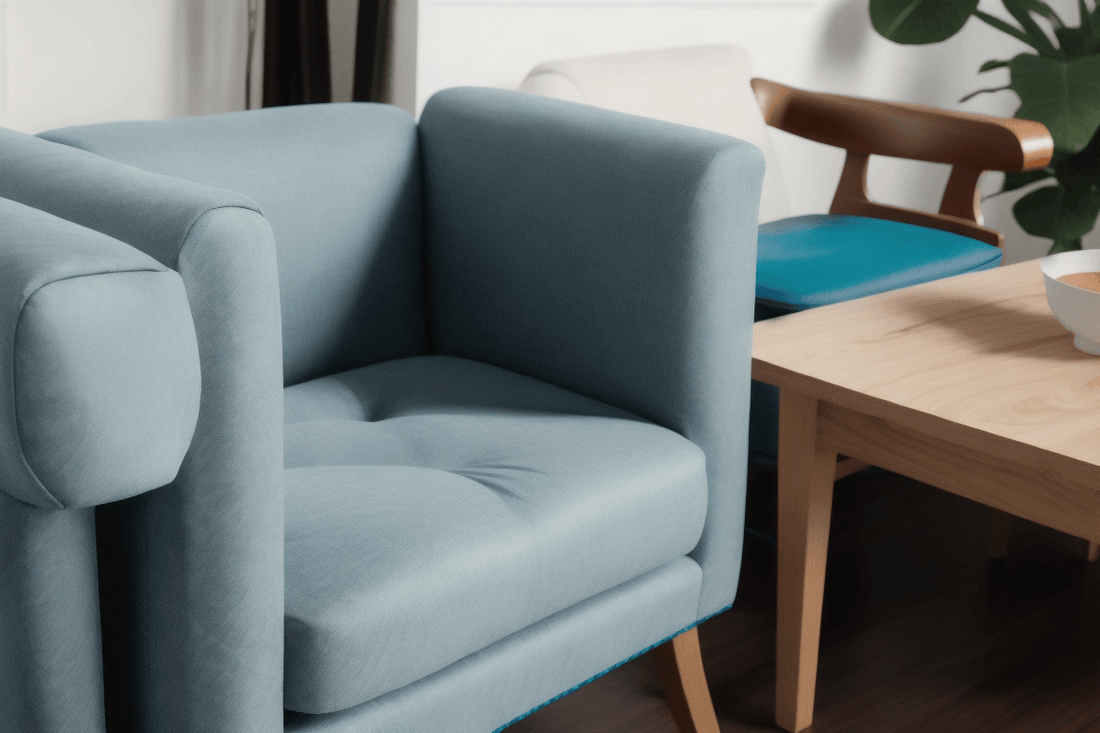Are you looking to give your furniture a fresh new look? Reupholstering is a fantastic way to transform your beloved pieces and breathe new life into your home decor. In this comprehensive guide, we will take you through the step-by-step process of how to reupholster furniture like a pro. From selecting the right fabric to mastering the intricate techniques, we'll provide you with detailed insights and authoritative tips to help you achieve stunning results.
1. Assessing Your Furniture:
Before diving into the reupholstering process, it's important to assess your furniture's condition. Check for any structural issues, such as loose joints or broken springs, and address them before moving forward. Make sure you have the necessary tools, including a staple remover, pliers, and a sewing machine, to facilitate the project.
2. Selecting the Perfect Fabric:
Choosing the right fabric is crucial for a successful reupholstery project. Consider factors such as durability, desired aesthetic, and compatibility with your existing decor. Upholstery-grade fabrics are recommended for their durability and resistance to wear and tear. Additionally, factor in the pattern, color, and texture to ensure a cohesive and visually appealing result.
3. Stripping and Preparing the Furniture:
To begin the reupholstering process, you'll need to strip the existing fabric and padding from your furniture. Carefully remove any staples or tacks using a staple remover and pliers. Take note of how the original fabric was attached to guide you during the reupholstery process. Once stripped, inspect the frame and repair or reinforce any weak areas.
4. Mastering Upholstery Techniques:
Now comes the exciting part - upholstering your furniture! Start by adding new padding or foam as needed to ensure comfort and shape retention. Use the old fabric pieces as templates to cut out your new fabric, leaving a few inches of excess on each side. Secure the fabric tightly using a staple gun, starting from the center and working your way outwards. Use fabric glue, trim, and decorative elements to add those finishing touches.
5. Finishing and Reassembling:
Once you've completed the upholstery process, trim any excess fabric and ensure everything is neatly tucked and secured. Inspect for any loose staples or uneven areas. Finally, reassemble any cushions, legs, or hardware that were removed during the process.
Conclusion:
Reupholstering furniture is a rewarding and creative endeavor that allows you to customize your home decor. By following our detailed guide, you can confidently tackle the process, from selecting the right fabric to mastering upholstery techniques. With patience, practice, and attention to detail, you'll be able to transform your furniture into stunning pieces that reflect your personal style and breathe new life into your space.
